Dedication + data + sharing = Eetapp’s recipe for the eating out revolution
Want a restaurant close by and want it now? Eetapp could be the answer. Pamela Whitby speaks to the company’s founder about where the restaurant vertical is headed
Every now and then a good idea looks like it might just fill a gap in the market. London-based startup, Eetapp, the restaurant industry’s answer to Uber, could be one of those.
With the rise of spontaneous eating, Eetapp aims to take the pain out of queuing while helping restaurants boost profits. There will always be a place for restaurant reservations but the company’s founder, Ali Meruani, believes that in today’s connected world, this isn’t the way forward.
“The whole idea of eating out has become far more casual,” he says, “and people are becoming less loyal”.
People want a restaurant, they want it to be good and they want it now.
To back up the point, he points to the fact that on Yelp today, seven out of the top ten restaurant listings do not take reservations.
The whole idea of eating out has become far more casual, and people are becoming less loyal
So, while a decade ago there were no non-reservation restaurants in London today people are willing to queue for an hour-and-a-half outside a trendy spot just to be fed, and are willing to pay as much as £30 a head for the privilege.
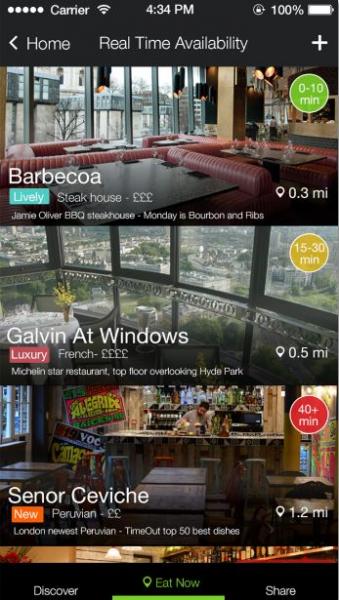
This is being driven by – yes, you’ve guessed it – the connected, spontaneous, not to mention increasingly demanding, millennial customer. As TripAdvisor’s latest Ipsos Mori survey reveals, 72% of so-called connected travellers use their mobile to look for restaurants, so any firm that makes the process of finding one simpler, could be onto something.
Eating out made simple
Eetapp’s aim is to make eating out easy. It’s quite simple; the prospective guest opens the app, which reveals what restaurants are available close by – and importantly in real-time (this is an important distinction from a site like Priceline’s OpenTable which doesn’t have access to the countless permutations of restaurant inventory). It also allows you to search by dish.
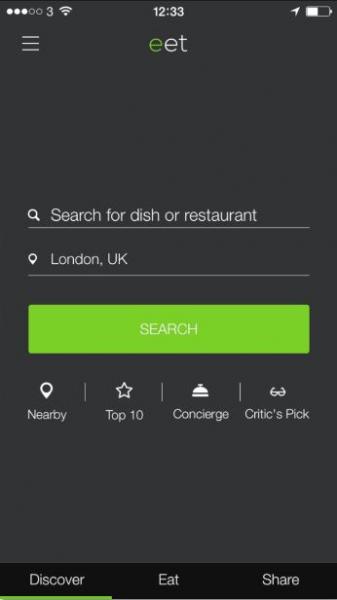
On the app restaurants are classified as green (space available), yellow (you may have to wait) or red (there is a longer wait). Once the user has entered their party size and confirmed that they are ‘heading over’ way, Eetapp takes a £2 booking fee. And because the app knows where the guest is and the location of the restaurant, both can manage their time more effectively.
The next step is to make the app transactional so that users can order appetisers or cocktails, for example, even before they arrive.
Like Uber, Eetapp aims to be user-first but it also wants to give restaurants a slick and elegant experience, while helping them to boost profits.
If you believe restaurants should be profit maximising then reservations are not the way forward
“A reservation based restaurant can probably flip a table twice a night from 6-8pm and then again between 8-10pm but a non-reservation outlet can do so four or five times a night,” explains Meruani. “So if you believe restaurants should be profit maximising then reservations are not the way forward.”
Even those high-end reservation-only eateries stand to benefit, because there will always be customers who leave earlier than expected, freeing up a table that could potentially be filled by someone using the app.
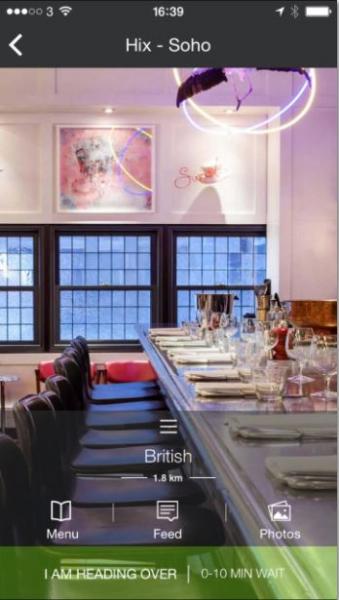
Dedication and data
To date bootstrapped, but just about to close its first round of funding, the start-up has signed up 170 London restaurants from Michelin stars to the likes of Wasabi. But is also taking this a step further by adding the menus from London’s estimated 9,000 restaurants, giving it the largest database of restaurants in London.
There was [literally] someone running around London collecting all of these [menus]
“There was [literally] someone running around London collecting all of these [menus],” says Meruani.
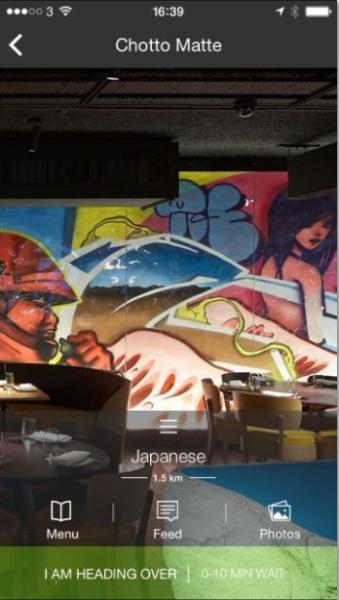
And this is where it starts to get really interesting. “We could have easily sat around and said no, no, no, we have this data and we are not sharing it with anyone,” says Meruani.
Instead, the team has taken the view that the internet has made data a commodity, and what you thought you could hold dear, no longer yours. For this reason, it’s giving data to companies that include Timeout, tastecard and SquareMeal and opening, like Uber has done (and Google and Apple will follow), its APIs. That gives value to all parties including restaurants because if they load a daily special that information is updated across all those platforms in real time.
“This is another way we create value,” says Meruani. Of course, Eatapp benefits from free marketing as all menus included in the programme have a link to their app.
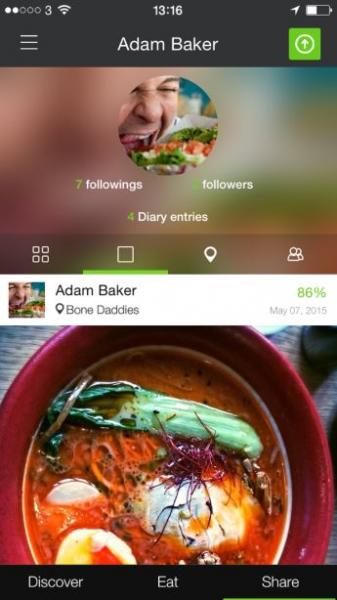
The company has been in ‘stealth mode’ while it gets restaurants on board. To date, there have been 6,000 app downloads, 55,000 unique monthly visits to the website and its menu have been view 80,000 times. “In the last week Facebook ads and outreach have seen a further 1,000 downloads,” says Meruani, who expects all these numbers to double in the next week.
Eatapp looks one to watch and Ali Meruani will be speaking more on the restaurant vertical at EyeforTravel’s upcoming Connected Traveller event (Oct 22 – 23). Don’t miss it!

